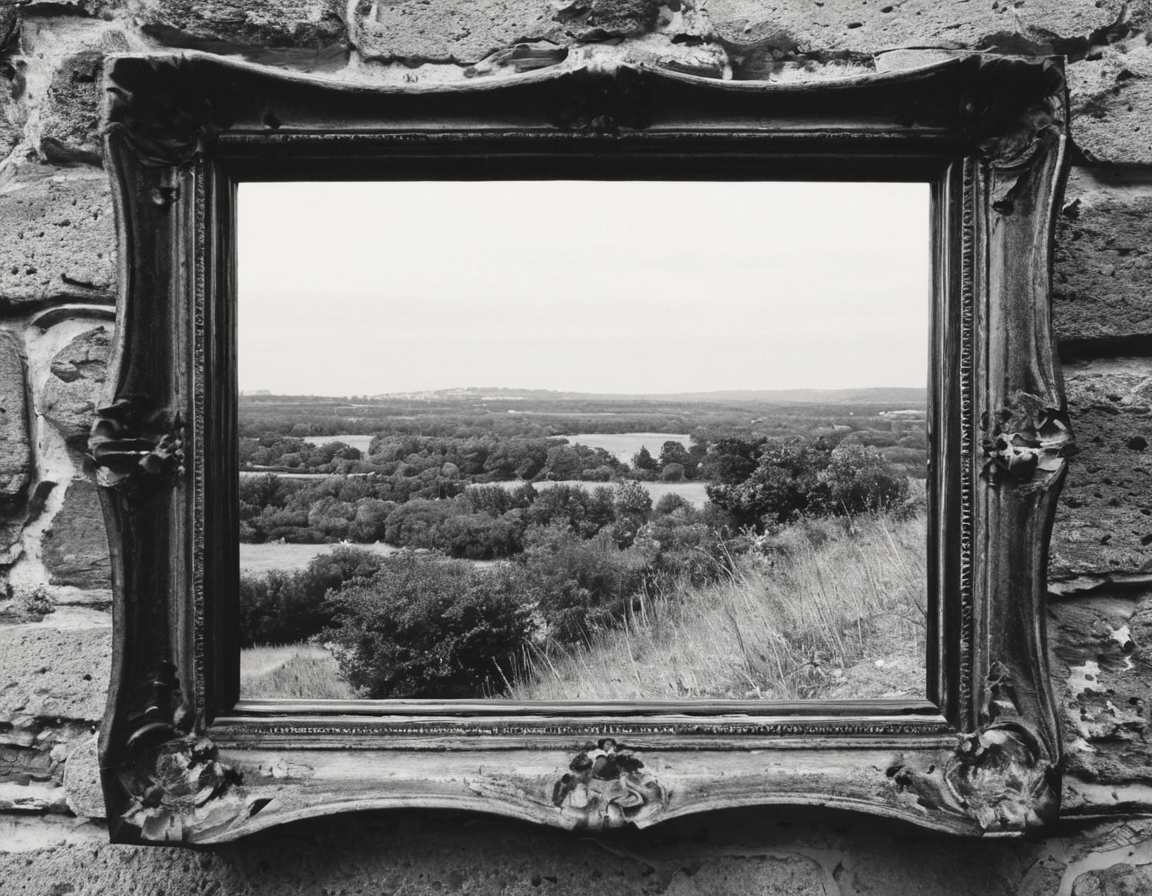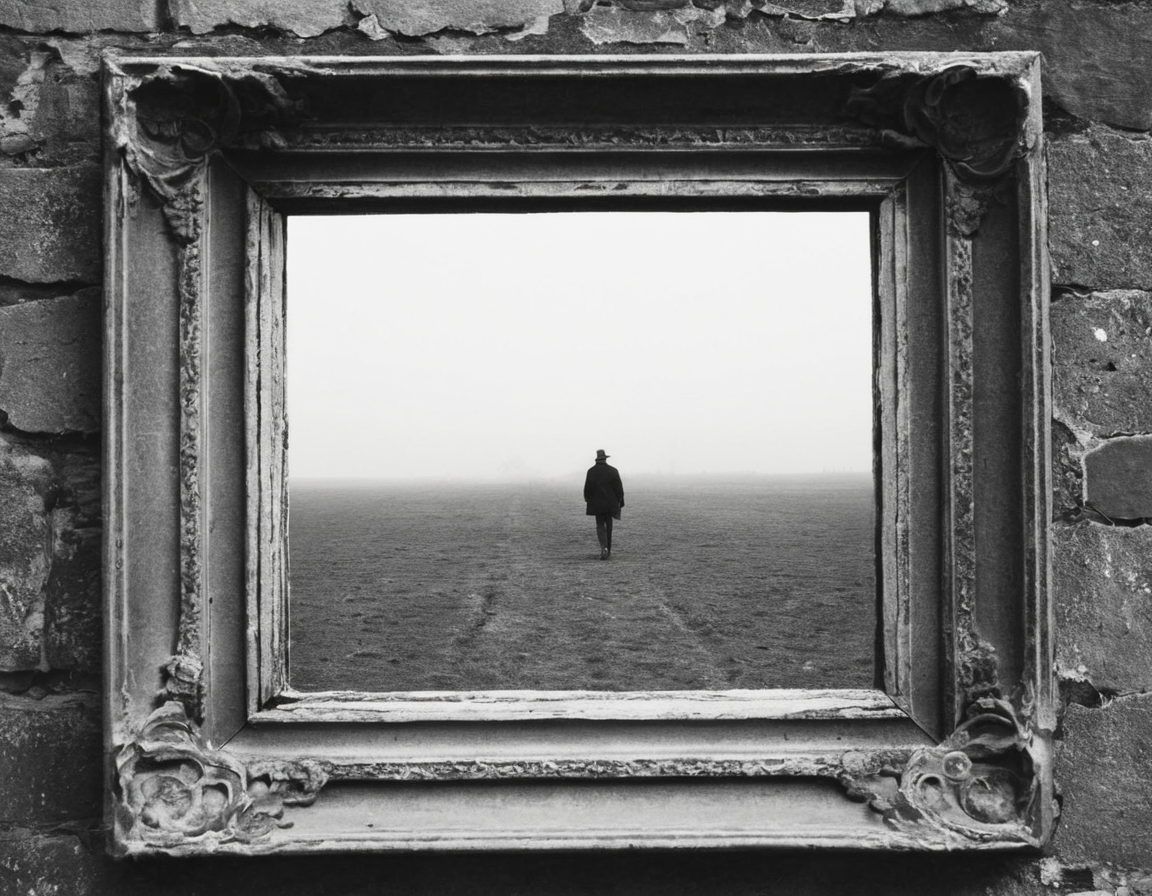: Frames of Existence: Catching Life’s Essence in Photos & Prose

Framing life through the lens of a camera and capturing it on paper, both photography and prose offer distinct yet equally compelling ways to immortalize moments that make up our existence. These artistic expressions enable us to explore emotions, express creativity, and preserve memories – all while offering insights into the human condition. This blog post delves into how photographs and words work in tandem or independently to paint a vivid picture of life’s essence. Learn more about Frames
Photography: A Stilled Narrative
A photograph is often described as “worth a thousand words.” The art of photography lies not just in the technical aspects, but also in the ability to narrate stories through frames. From candid street snaps to carefully composed portraits, each frame tells its own narrative that can evoke emotions and spark thoughts. Lighting, angle, perspective – every element contributes towards creating a stilled narrative that holds immense visual power.
Take for instance black-and-white photography. It strips the image down to its core elements – shape, form, contrast, texture – focusing on these basic aspects allows viewers to delve deeper into understanding emotions without being overwhelmed by distractions such as color or vibrancy. This monochromatic approach emphasizes the mood and atmosphere of a scene, making it an ideal choice for capturing raw human emotions and introspective moments.
Learn more about of
Prose: Painted Words & Spoken Pictures
Prose writing, on the other hand, harnesses the power of language to paint vivid pictures with words. Whether it’s a descriptive passage from a novel or a poignant poem, prose has the capacity to eloquently describe situations, feelings and experiences in ways that resonate deeply with readers. From capturing subtle nuances of emotions to evoking complex themes through metaphorical language, written narratives provide an opportunity for authors to explore intricate layers of human experience.
Consider haiku poetry, a classic Japanese form renowned for its brevity and depth. The strict syllabic structure challenges poets to convey complex ideas in just 17 onji (sounds). This constraint forces writers to distill their thoughts into concise yet powerful statements that often touch upon themes of beauty, nature, and transience-elements quintessential to the human experience.
Frames & Words: Hand in Hand
Combining photography with prose amplifies storytelling potential significantly. A photograph can set a scene while words provide context, emotion, and interpretation. Photographs of old streets could be accompanied by narratives describing nostalgic memories or tales of historical significance attached to those places. Similarly, descriptive passages from literature can be brought alive visually through illustrations, cover designs, or even movie adaptations.
For instance, Cormac McCarthy’s “The Road” is a novel filled with stark imagery and powerful emotions set against the backdrop of post-apocalyptic America. Pairing select passages from this book with hauntingly beautiful landscape photographs would create an immersive experience for readers/viewers, allowing them to envision the desolate world depicted in the story. Learn more about Existence
In conclusion, both photography and prose offer unique yet complementary ways of capturing life’s essence-each framing a perspective that when combined, creates a holistic narrative. Whether it is through still frames or painted words, these artistic expressions provide windows into our existence, inviting us to explore, understand, and cherish the intricacies of human experience.

Keywords: photography, prose, narrative, emotions, creativity, memories, black-and-white photography, haiku poetry, storytelling
